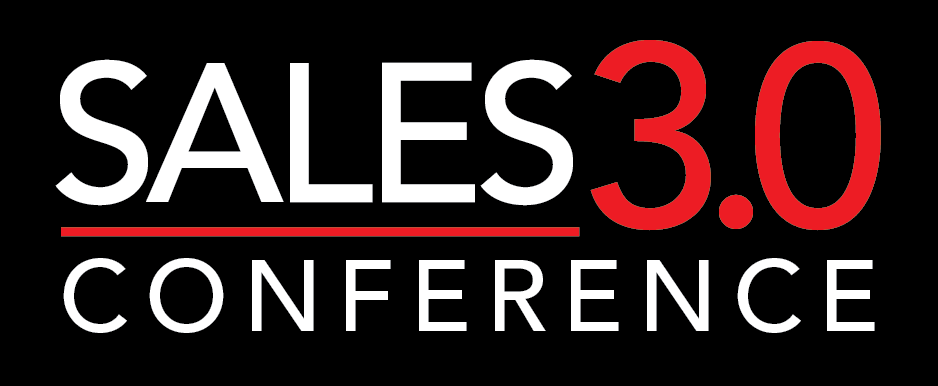It’s common knowledge that implementing sales enablement technology allows businesses to increase revenue, improve sales and marketing alignment, establish shorter sales cycles, and engage buyers. In fact, if you google “sales enablement,” you’ll get more than10.6 million results, with almost five million of these covering the benefits of sales enablement. Despite this, less than 8 percent of companies are actually deploying this technology (CSO Insights).
So, why aren’t they? Often, fear is what holds companies back from making the commitment. Buyers face many hesitancies when deciding to implement sales enablement technology. During this process, it’s important not to buy into the common misconceptions associated with sales enablement.
Below I share four myths surrounding sales enablement and why they shouldn’t dissuade you from enabling your sales team with the most innovative technology on the market.
Myth #1: Deploying sales enablement is always expensive.
Is sales enablement costly? Sometimes. The truth is, it doesn’t have to be. The best approach is to ease into sales enablement slowly and treat the process like a journey rather than an immediate switch.
Start small. Introducing small changes over a period of time can make the transition much smoother. Set your own pace when adopting this platform in order to successfully integrate it into the organization.
While adopting expensive technology with lots of flashy accessories can seem exciting, the functionality is often lost in all the clutter. Choosing an affordable provider not only is the most cost-effective option, but also allows you to scale the program as your goals and needs change. You may be talking with the wrong provider if you feel pressured to purchase additional capabilities your business doesn’t need. Every business is unique and has its own distinctive journey with sales enablement.
Myth #2: Implementing sales enablement technology is complicated.
Since sales enablement is still a relatively new concept, stakeholders are generally slow to approve the budget for the technology because they are scared they may not see a clear return on the investment. Picking one platform can be a difficult decision, and it can be a long and complicated process. The possibility of failure can sway decision makers to avoid making the change at all costs.
It’s crucial to let go of this fear and think about equipping your sales team with the best tools and technology for success. Getting the program up and running is much faster and easier than you might think. Some providers even allow companies to pay with a monthly credit card subscription, which allows them to bypass the stakeholder approval process and jump into utilizing the technology.
Myth #3: Success with sales enablement is impossible to quantify.
Sales enablement technology actually makes it easier to quantify the return on investment because it allows teams to better track, record, and measure their engagement with buyers. The right platform will integrate with CRM by logging how buyers resonate with content and what content was shared with them. The technology will also provide invaluable insights into how this impacts revenue.
Sales enablement is a key aspect of a successful sales strategy because it can help grow revenue – not just downloads or views. Understanding the value of new cutting-edge technology empowers companies to be more efficient and stretch their marketing dollars.
Myth #4: Sales technology is difficult to adopt.
The majority of companies have nothing to compare sales enablement technology to. This can skew expectations when making comparisons because companies often think of it as being similar to CRM. It can be discouraging to buyers when they know almost half of CRM projects (49 percent) fail, according to Forrester Research.
Don’t compare sales enablement to CRM. CRM was built to manage and keep track of new sales across the sales team, but it is often time consuming and takes the focus away from actually selling.
Whether you have CRM or not, sales enablement technology can empower sellers to meet and even surpass their sales quotas. Sales enablement goes beyond CRM capabilities to allow sellers to better prepare for sales meetings and update in real time as sales interactions occur.
My advice: Don’t buy into these four myths. Sales enablement can be easy and inexpensive when you take the right approach and select the best provider for you.

Carson Conant is the CEO and founder of Chicago-based sales enablement solution provider Mediafly. Having grown up in an entrepreneurial family, Carson is no stranger to the challenges and rewards of building a company from the ground up and assembling a brilliant team to successfully execute on his vision.




